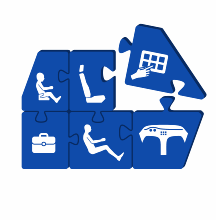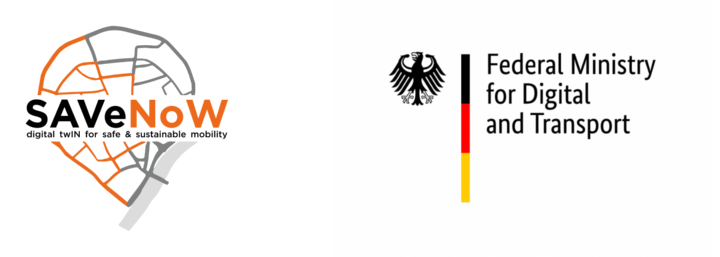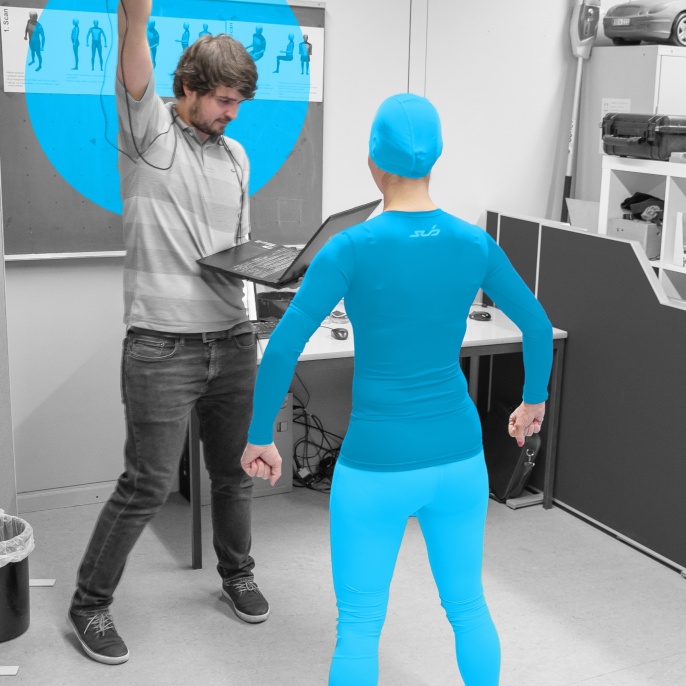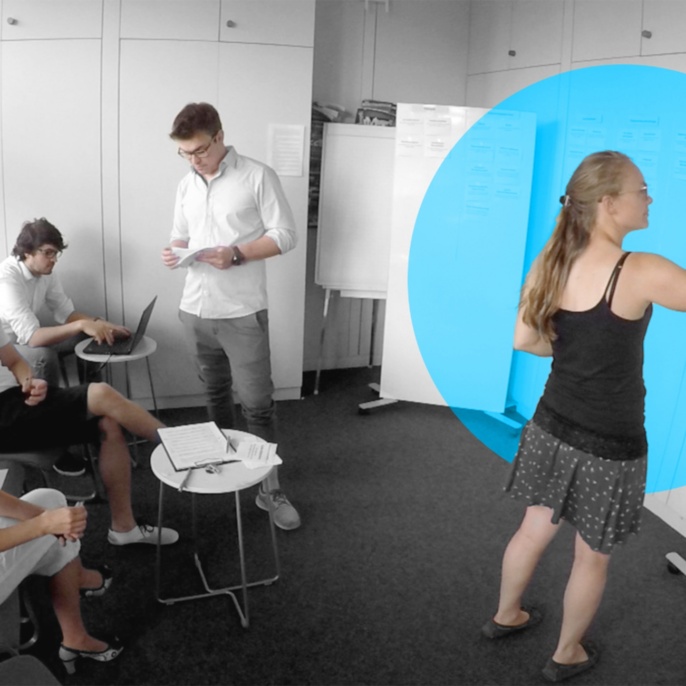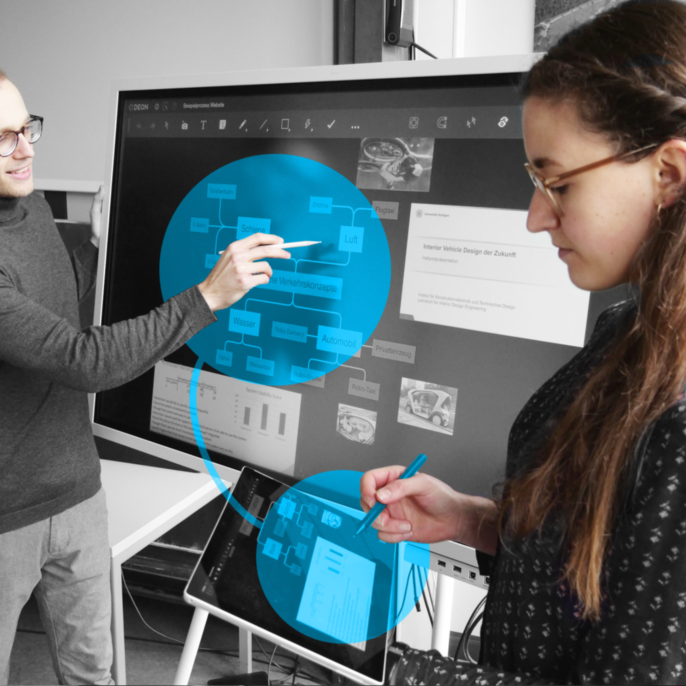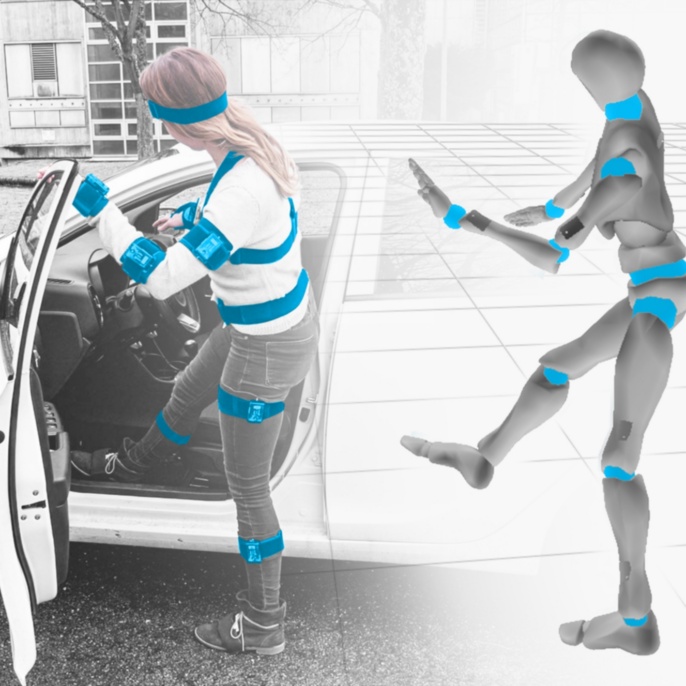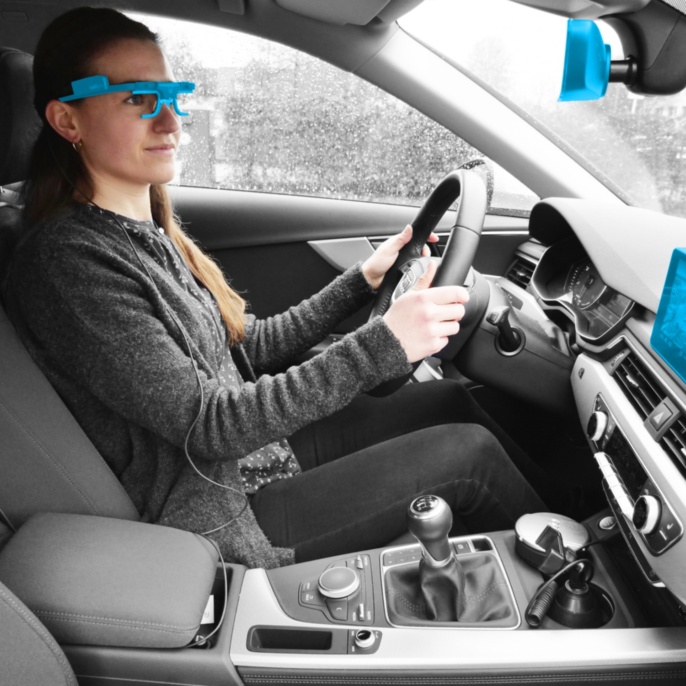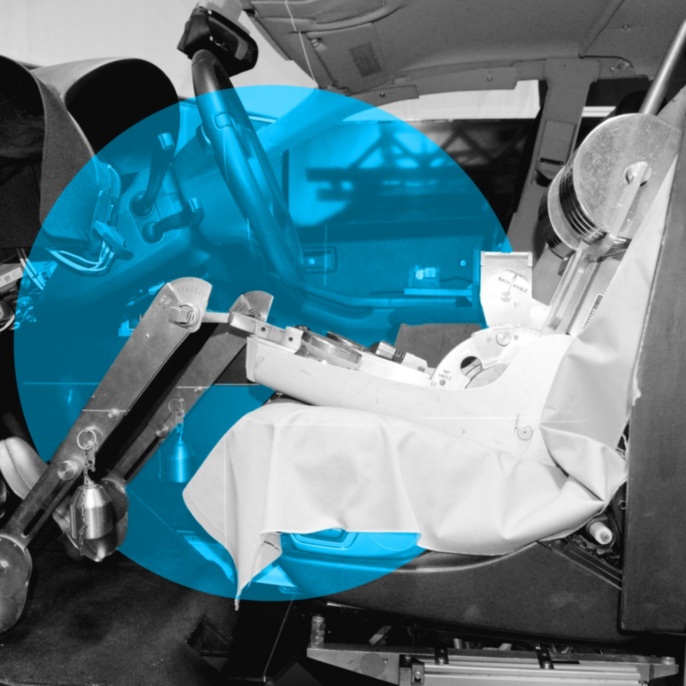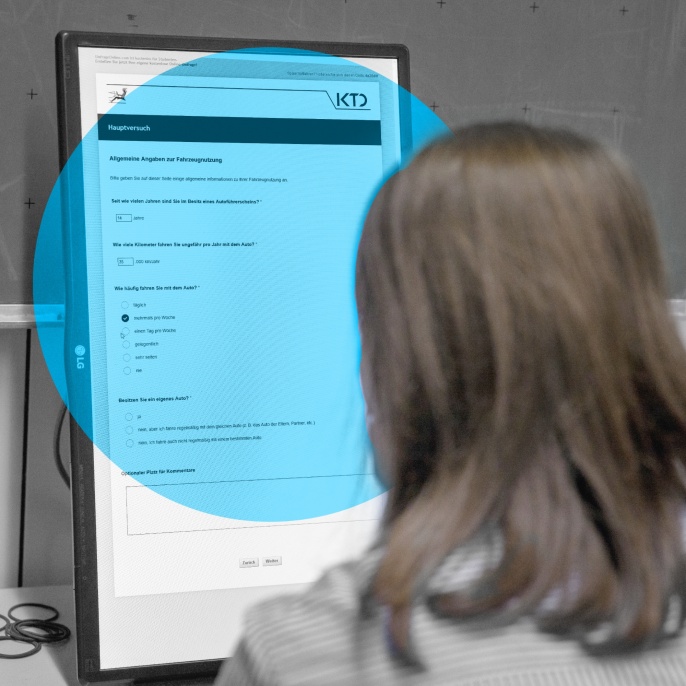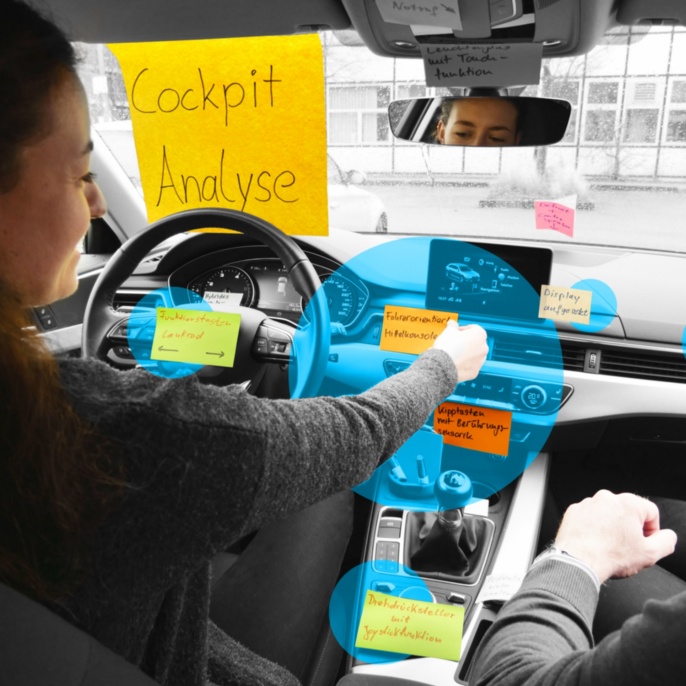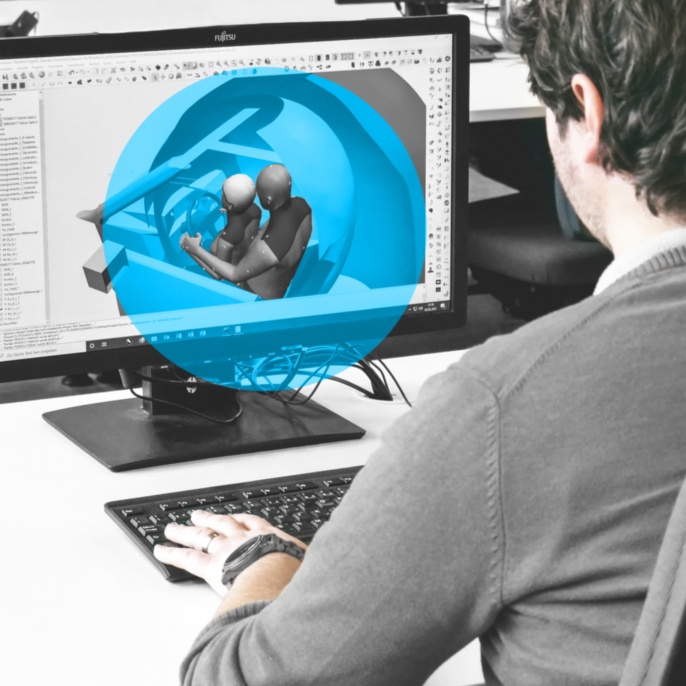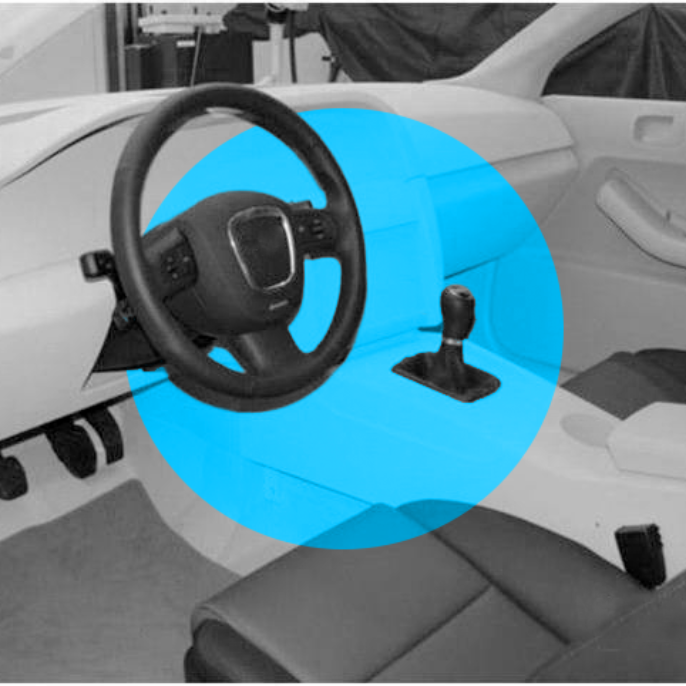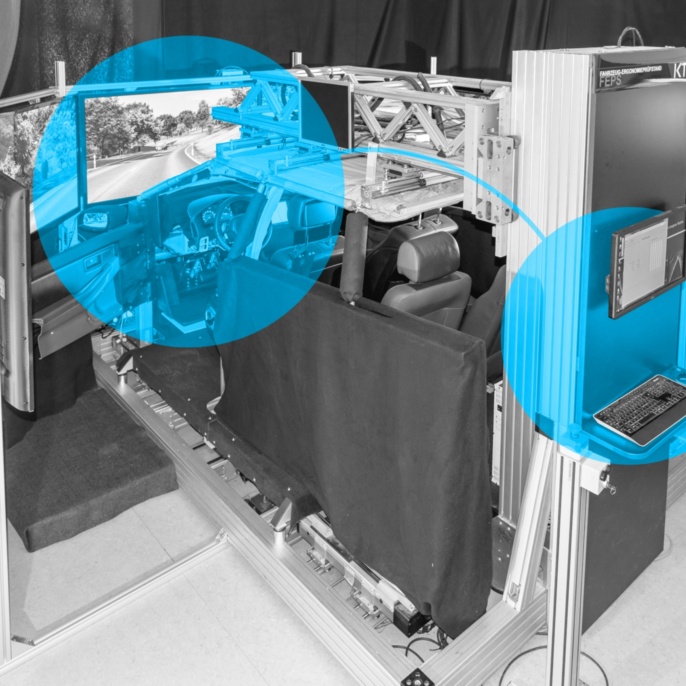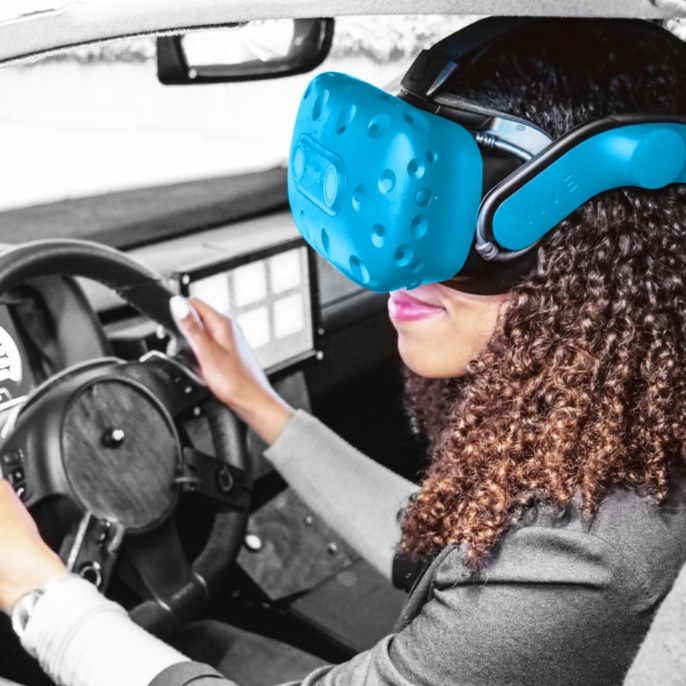Our research focus is the user-centered layout and design of vehicle interiors of all kinds. In doing so, we act holistically and take into account all relevant requirements from the fields of technology, ergonomics and design.
Specifically, the trends for interior design engineering mean:
- changing user requirements due to automated driving
- Change in vehicle sizes / transport units
- greater availability of information in the vehicle
- Changes in mobility behavior, especially in urban areas
- new competitors / market players in the passenger car sector
- new materials and technologies
- Sustainability, recyclability, cleanliness / hygiene, individualization
- Reduction / elimination of technical differentiation features
Research focus
Analysis, evaluation and design of vehicle interiors and cockpits
The aim is to achieve a comprehensive interdisciplinary, scientific design and assessment capability, particularly with regard to aspects of ergonomics and comfort, as a link between technical construction and aesthetic design drafting.
Innovative computer-aided and model-based design methods
including the further development of suitable methods and tools for the requirement-oriented use of modern medialities; the central interest here is the spatial and information perception in combination of physical and virtual representation methods.
Possibilities for integrating and using new technologies in vehicle interiors
Relevant here are, for example, new materials, optimized design methods for supporting structures and trim parts, the use of light, transparency, integrative approaches with embedded displays and intelligent surfaces, adaptive forms, connectivity and artificial intelligence.
Interior design for highly automated and networked vehicles.
Exemplary topics are the design of task changeover (takeover/handover), the integration and design of the (secondary) activities of the occupants, the conception and design for specialized vehicles or the optimization of boarding conditions in the road space.
Current research projects
Functional and Traffic Safety for Automated and Networked Mobility - Benefits for Society and Ecological Impacts
Project type: Funded by the Federal Ministry for Digital and Transport
Brief description: SAVeNoW is researching a digital twin of urban traffic, using Ingolstadt as an example, in which relevant static (roads, buildings, traffic infrastructure, traffic regulations) and dynamic elements (road users) and framework conditions (time of day, weather) are mapped. With the help of this digital twin, questions in the domains of traffic efficiency, safety, ecology and social acceptance are analyzed and answered by solution scenarios with associated measures. The "overall tool" functions in two interlocking control loops consisting of a digital (real city) and a virtual test field (virtual city model), which simulates the above-mentioned domains in the form of "what-if" scenarios with corresponding measures and optimizes the effectiveness of the measures. The basis is an IT-technically implemented overall architecture consisting of data acquisition, processing, modeling, simulation, evaluation, application and optimization. The overall model, which keeps the control loops in operation and develops them further, should be socially acceptable, operable and economical.
The IKTD subproject focuses on vehicle occupants as users and their influence on traffic patterns as well as the adoption of new mobility concepts. Based on the needs of the users and the social acceptance, new vehicle and interior concepts for AVF will be derived iteratively and the use of the different mobility concepts will be analyzed. By integrating the obtained data on human behavior and preferred vehicle concepts into the virtual city model, the impact of future mobility concepts on traffic efficiency, safety and ecology is simulated. The goal is not only to consider the technical possibilities of automation and networking in the simulated traffic system, but also to include user requirements and acceptance of vehicle design and especially their interiors in the traffic system.
Research focus: Interior design for highly automated and connected vehicles
Contact person: Fabian Schlichtherle
Project period: 03/2021 - 06/2023
Project type: Research approach
Brief description: Increasing electrification and automation are expected to lead to greater differentiation in the basic concepts of vehicles in the future. For example, a vehicle used for commuting will certainly require a shorter range than a vehicle used by a family to go on vacation. In both cases, automation will open up new possibilities for use, but these will differ greatly depending on the context. Lastly, a shift in the type of use toward shared mobility is predicted compared to today's situation.
For future vehicle and mobility concepts to be successful, the products must meet the user and usage requirements of the intended target groups as precisely as possible. Compared to today's concepts, the personality traits of the users and the individual types of use must therefore be taken into account to an even greater extent in the development of the vehicles and their interiors.
The aim of this project is the holistic recording of user and usage needs and the optimization of analysis, evaluation and design procedures for the development of new vehicle and interior concepts.
Research focus: Analysis, evaluation and design of vehicle interiors and cockpits
Contact person: Philipp Pomiersky
Project type: Dissertation
Brief description: The increasing automation of the driving task in motor vehicles enables the realization of vehicle interior concepts that were previously impossible to implement.
As the level of automation increases, so does the freedom of design with regard to components such as the driver's workplace, the seating arrangement or the use of infotainment systems.
The goal is to structure new and already known interior concepts in connection with different concrete user needs and to be able to flexibly coordinate or adapt them.
Research focus: Interior design for highly automated and connected vehicles
Contact person: Fabian Schlichtherle
Project period: 12/2020 - 11/2025
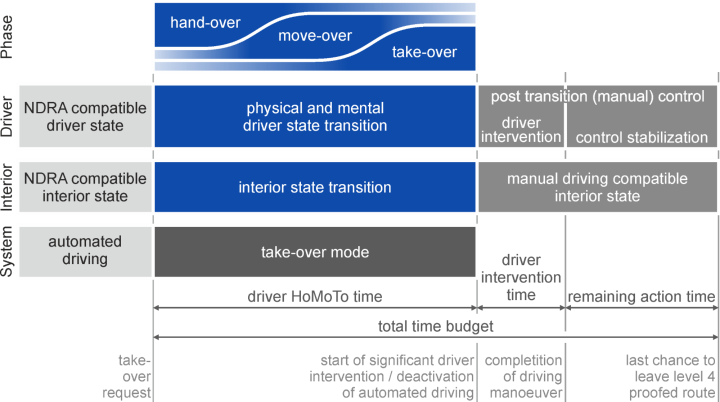
Project type: Research approach
Brief description: Automated driving functions allow the driver for the first time from a legal point of view to permanently turn away from the driving task while driving and to pursue secondary activities. Nevertheless, there will be situations in which the driver is requested to take over the driving task again and the vehicle interior must ensure a quick and safe takeover from the respective activity. However, a safeguarding of all conceivable non-driving activities can predominantly not be secured in real driving tests due to effort, financial and ethical aspects.
This is where the Hand Over, Move Over, Take Over (HoMoTo) research approach comes in, which breaks down takeover procedures into sub-steps, taking into account the activity performed and the vehicle interior. The Hand Over phase focuses on the handing over and picking up of objects in connection with the secondary activity and the driving task. The sub-steps within Move Over imply the physical and psychological adaptation of the driver and the vehicle in order to finally take over the driving task in the Take Over phase, among other things by transmitting information relevant to traffic and the vehicle. The division of the takeover process into sub-steps also makes it possible to identify optimization potential in the vehicle interior in order to ensure a safe takeover.
The aim of this project is to introduce a standardized and certifiable procedure for describing takeover procedures and for evaluating activities in terms of quality, permissibility and readiness for takeover.
Research focus: Interior design for highly automated and connected vehicles
Contact person: Miriam Schäffer
Tools and methods
An overview of the facilities and tools available at the Institute can be found under Facilities.
Contact persons

Wolfram Remlinger
Prof. Dr.-Ing.Head of Interior Design Engineering


